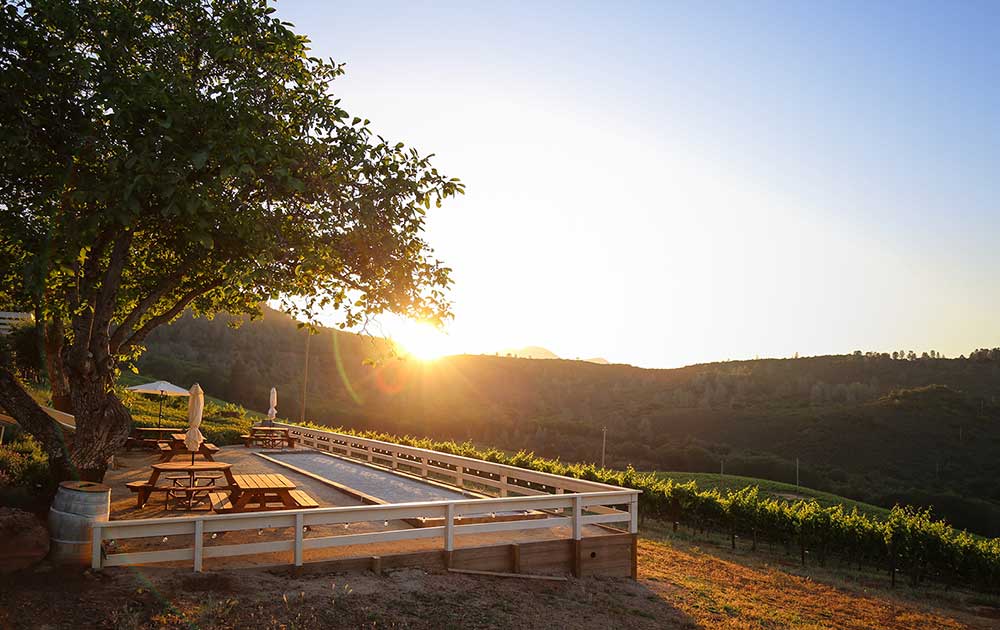To help you explore Lake County’s rich history, we have designed a “Heritage Tour” that will take you around to some of the key historic and scenic communities in our area. Interpretive plaques (featured below) have been placed at each of these 8 stops and will serve as your tour guide to the fascinating history and natural landscape of our county. Begin your tour of Lake County’s fascinating history and natural beauty. Also, don’t forget to click on the audio links below to listen to stories from pioneer journals and firsthand accounts about each of the areas featured on this Heritage Tour.
Of course, we couldn’t include everything in this tour, but we hope that you will be inspired to explore further on your own by visiting one of Lake County’s several museums.
Upper Lake
Since its humble beginnings, Upper Lake’s strategic position drew an enterprising and hardworking population. The town bustled with activity as the terminus for the Clear Lake and Cloverdale stage lines. Visitors to local resorts and hot springs might disembark to a head-splitting cacophony of saw mills bleeting sheep, and tins shuffling on conveyer belts at the bean cannery.
Lucerne (Clear Lake)
Clear Lake is the largest natural freshwater lake wholly within the state of California. The basin was created and shaped over the last 1 to 2 million years by the interaction of faults in the San Andreas system, the eruptive activity of the Clear Lake volcanic field, and erosion.
Rodman Slough
Protective marshes of tules in Rodman Slough (pronounced “slew”) provide rich spawning grounds for warm-water fish including blue gill, crappie, catfish, and largermouth bass. These and other aquatic animals offer a rich menu for the diversity of year-round and migratory birds such as the American white pelican, an elegant feature in the slough’s peninsula.
Highland Springs
Long before white settlers discovered Highland Springs in the 1860s, the Eastern Pomo spoke of legends surrounding the springs’ curative powers. By the turn of the century, the Highland Springs Resort, a luxury hotel with rustic cottages, transformed the countryside.
Kelseyville
Kelseyville is the commercial hub of Big Valley, which is home of the most farming acres in Lake County. Big Valley landowners initially cultivated gain crops like oats, followed by more profitable pear and walnut orchards. While they also planted wine grapes as early as the 1850s, Prohibition accelerated conversion of vineyards to pear orchards.
Cobb
The dense, forested area of Cobb Mountain, the highest point of the Mayacamas range, evokes a time of industry and recreation. With high valleys surrounded by a rich supply of timber, settlers made their living from ranching and logging. In the late1800s, the air was humming with sawmills.
Middletown
Middletown (or “Middleton” till 1875) was the first Lake County town and mid-way stop on the 36-mile route from Calistoga to Lower lake. Travellers weary from the treacherous climb over Mount Saint Helena looked forward to this mid-station respite.
Lower Lake
Lower lake’s tranquil Main Street betrays its significance as a major trading hub in the late 1800s. With Kelseyville to the west, and several mining operations in Sulfur Bank to the north, and Knoxville to the east, the town’s geographic location was ideal – level, with water and building materials nearby. It even served as the county seat for a brief time.

